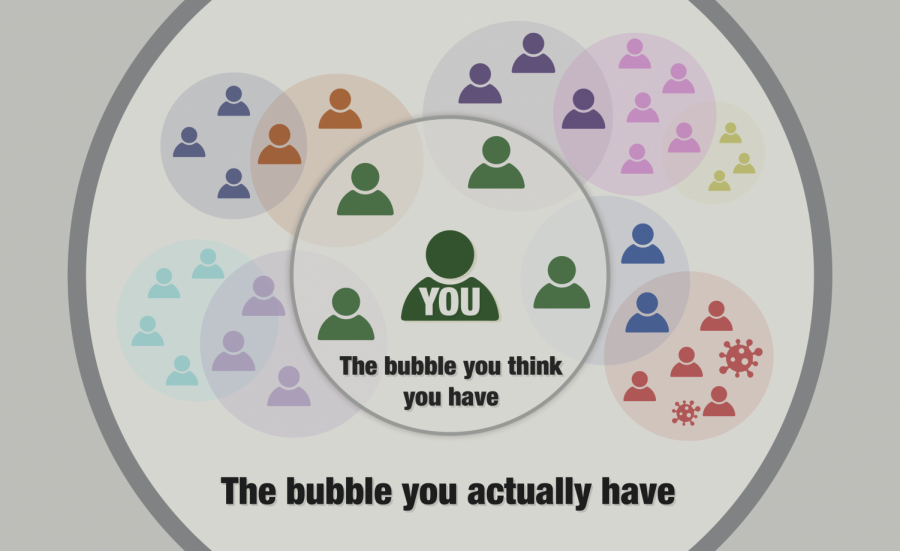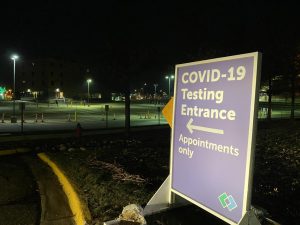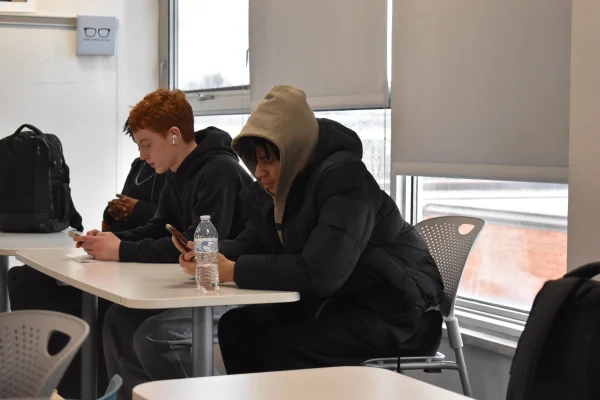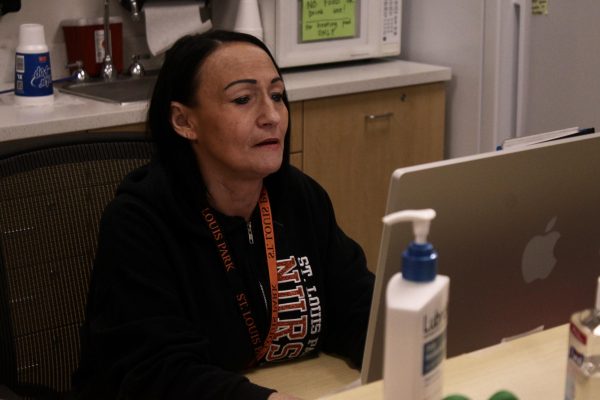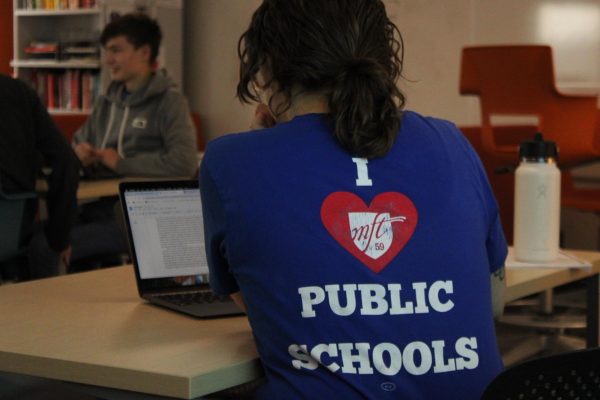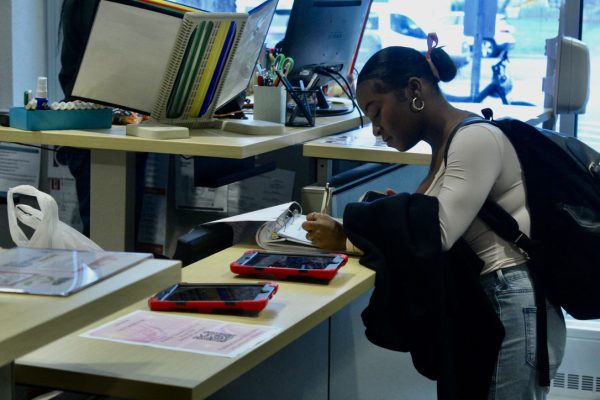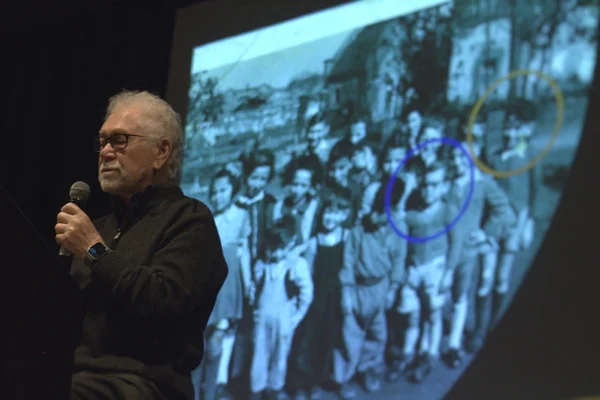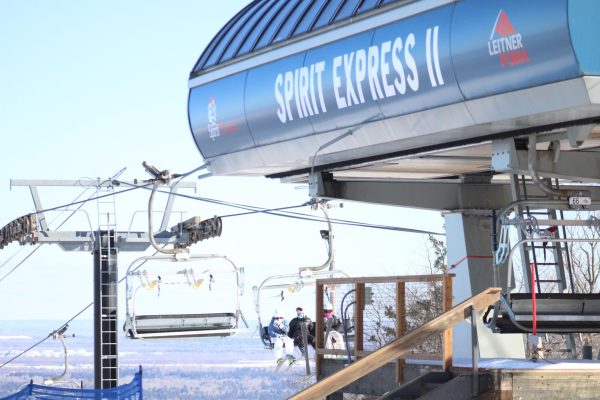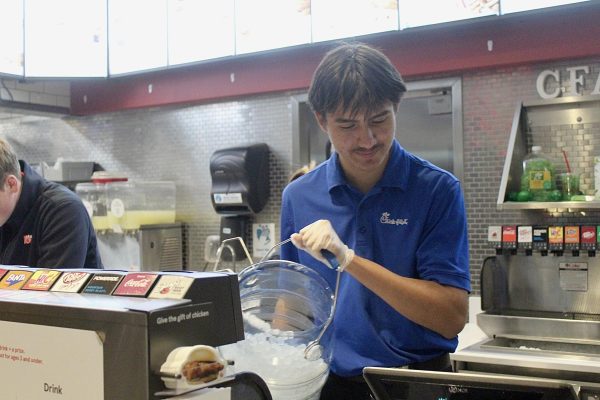The reality of COVID-19 pods
Safe pods require complete dedication to one group
As of Dec. 8, there are 356,152 cases of COVID-19 in Minnesota.
Since the beginning of the COVID-19 pandemic, some Park students have formed pods amongst their friends to allow for social interaction while staying safe. To ensure her pod is safe as it can be, senior Leah Richardson only sees a limited number of her friends outside but feels others have a different definition of what a pod means.
“It’s frustrating how me and my friends have been really careful and we can’t go in each other’s houses so it’s hard to always be outside especially now that it’s getting colder,” Richardson said. “It’s just frustrating to see how we’re doing all of this while other people just are ignoring everything we’re trying to work towards.”
In order for a pod to work, all members must be faithful to the pod by eliminating their contact with others. According to epidemiologist Michael Osterholm, director of the Center for Infectious Disease Research and Policy at the University of Minnesota and member of President-elect Joe Biden’s COVID-19 advisory board, when people from different pods interact, even if this interaction is with an immediate family, that pod is broken.
“If the two of you have four other friends and that’s all you ever get together with, but you each get together with your own families and you have a brother who happens to have a lot of friends who he goes and watches football games at their house and so forth. You don’t have a pod anymore,” Osterholm said.
After limiting in-person contact to her boyfriend and some close friends outside, junior Anna Overall said she continues to notice a lack of precautions taken by other students at Park. She said she wishes those who choose to not create small pods would partake in outdoor activities and wear masks.
“There’s definitely various groups of people within each age group that are just not social distancing, they’re not keeping a limited amount of friends and they’re going to varieties of different friend groups each day,” Overall said. “Obviously there’s certain people that are like ‘I can’t pick one friend’ and I understand that, but people need to keep it to a limit.”
Although the majority of young adults who contract COVID-19 experience only mild symptoms, 10–20 percent of that population will go on to experience “long haulers disease” which can be debilitating, according to Osterholm.
As well as long term effects, Osterholm said high school students need to take all precautions in order to protect their families, teachers and community.
“I understand the loss of the school year in terms of social issues, the sports issues, its been horrible, but if you could see what it’s like right now to be in these intensive care units and these hospitals that are overrun, health care workers… putting their lives on the line every day just to try to take care of us,” Osterholm said.
For pods to remain safe, communication between those inside a pod is necessary as members are exposed to everyone other members come in contact with, according to junior Lily Nugteren.
“You need to make sure that you know what other people in your pod are doing and who they’re speaking to. Because you’re seeing everyone that they’ve seen also,” Nugteren said.
When air is shared by people in different pods, both pods are broken, according to Osterholm. While nothing can completely eliminate this risk, taking precautions is vital in order to reduce the spread of COVID-19.
“I can’t emphasize enough, now is the time, even if you can’t be completely podded up, just keep remembering the more you can limit your risk of transmission, the safer it will be for everyone,” Osterholm said.
For those who do choose to participate in a pod, it is important to keep pods small and with people you trust, according to Richardson.
“It’s really important to only be seen in a small group of people because if you’re close with them you know how safe their families are, who else they’re exposed to. Just keep your one group so you’re not in mixing like germs between everyone else,” Richardson said.
While in-person social interaction may be unsafe right now, there are still many other ways to interact through technology, according to Overall.
“I do think that it’s important to either have your friends online, do some group FaceTimes, play some games or whatever or just overall try to stay in contact with people,” Overall said. “They’re really important because COVID has kind of made us all almost lose touch (with) personal stuff, and it’s made a lot of friendships kind of grow apart but a lot of things (are) a lot harder for people.”
While normal social interaction is important, healthy and natural to teens, Osterholm said using social media and other digital methods to stay connected and keep everyone safe.
“This is not about anyone trying to punish anybody (for) where we’re at. We’re trying to deal with a health crisis,” Osterholm said. “We’re trying to deal with helping your mom and dad and your grandpa and grandma, your other family members and your friends from developing a very serious illness and potentially dying.”
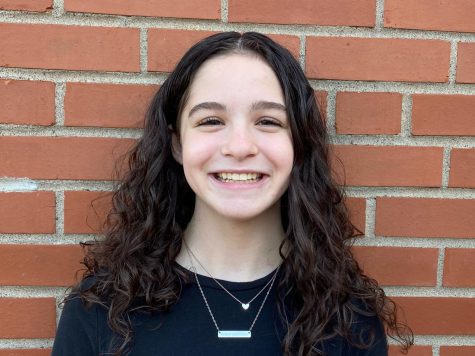
Hey y'all! My name is Molly, I'm a senior and I am so excited to be editor in chief this year with the coolest person ever aka Andy. If I'm not in the...

Hi everyone! My name is Talia and I am so excited to be one of your editors-in-chief this year with the amazing Maddie Schutte. I’m going to be a senior...




